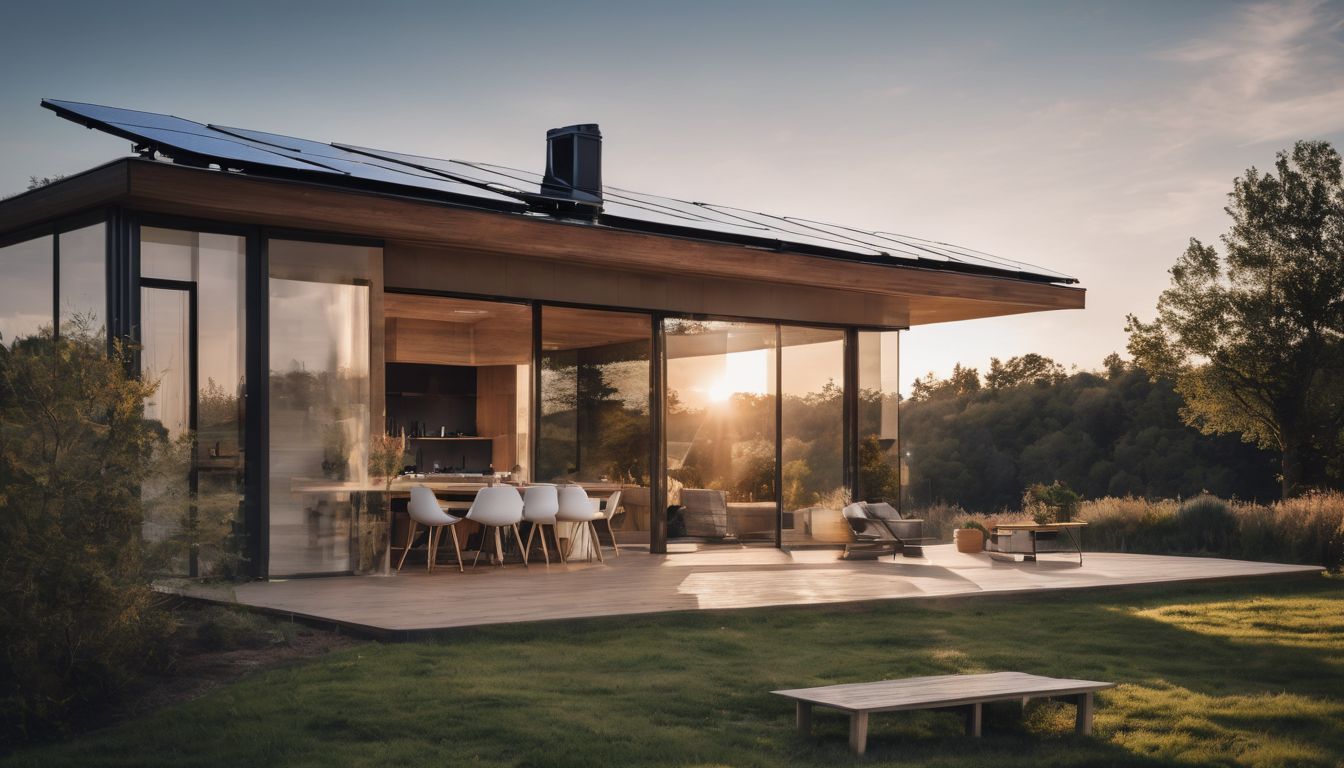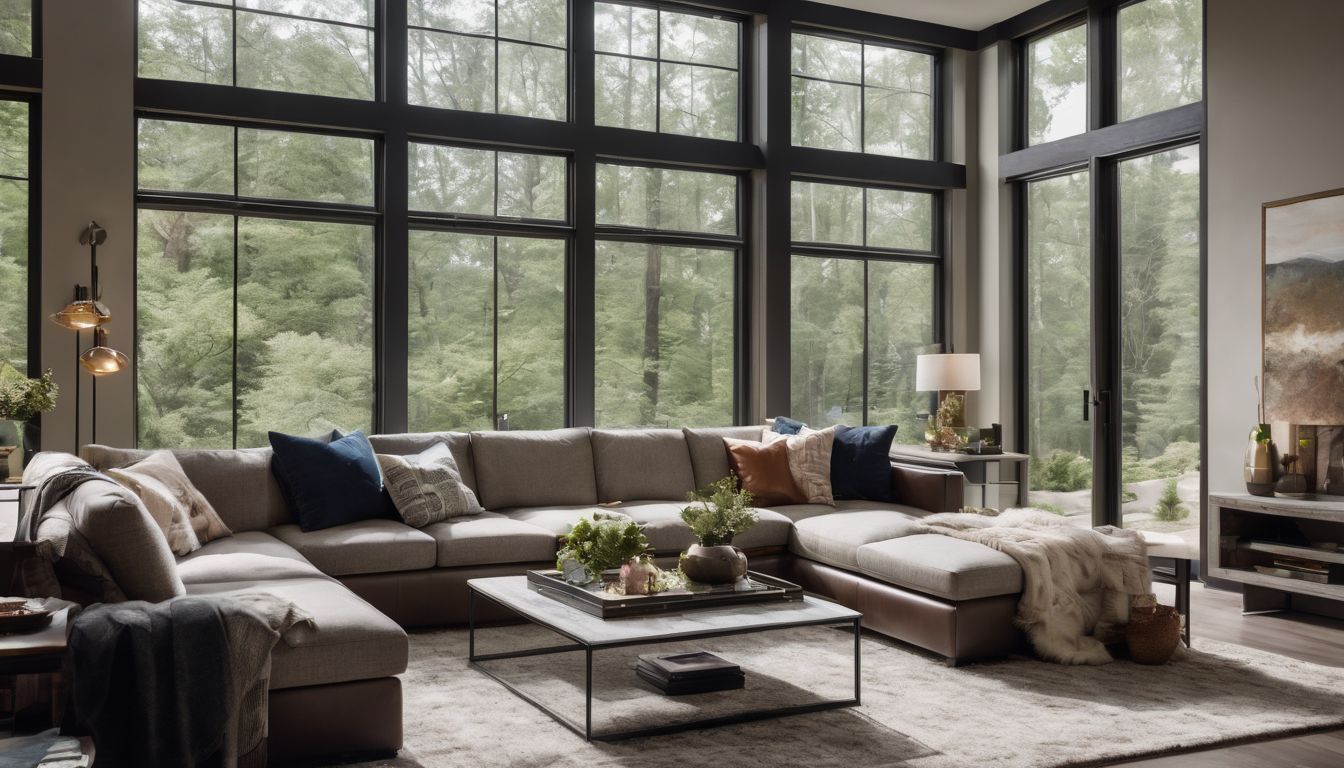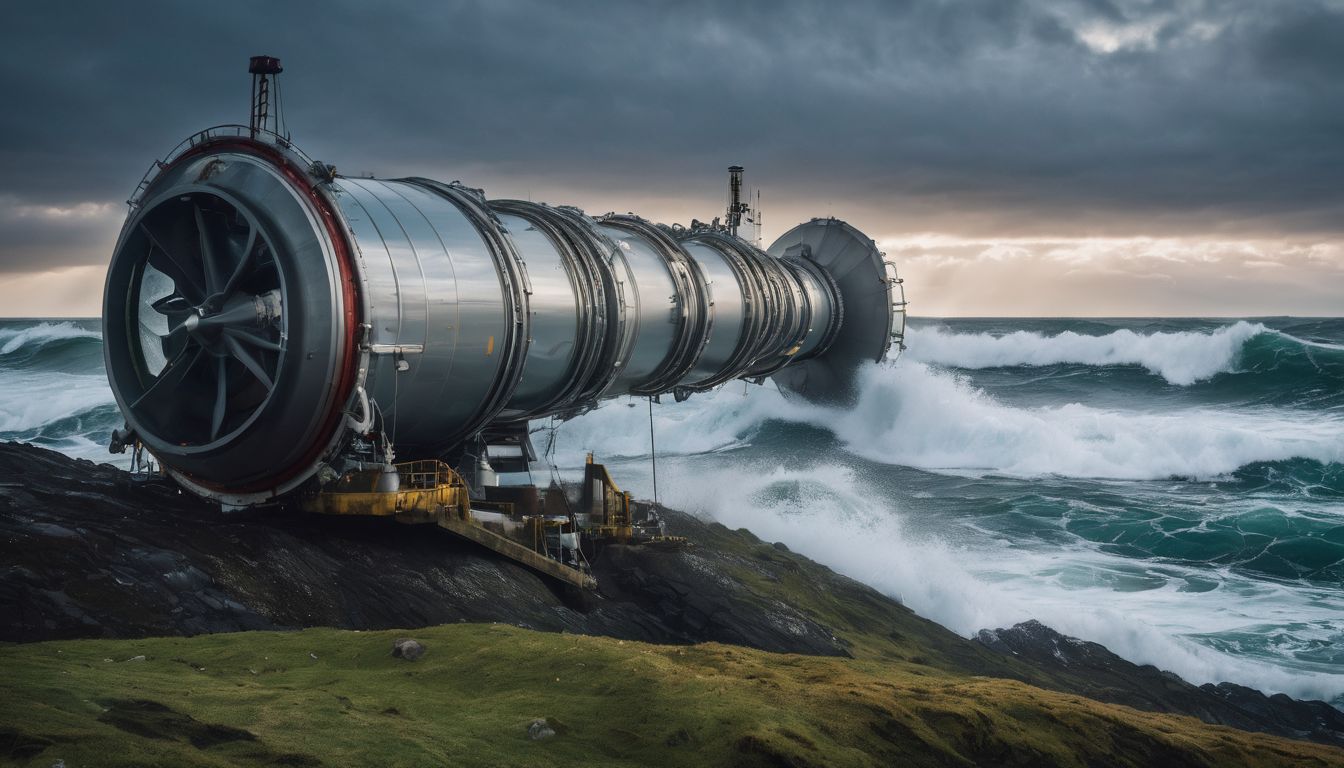Right now, wind energy is the fastest growing energy resource in the world. Wind energy is quickly becoming so affordable and accessible that you could start your own wind farm. That thought may have never crossed your mind… However, if you own land in a windy, rural area, there’s a good chance that your land could be generating a lot of electricity, and potentially profit, for you. Here’s why you should join the wind energy movement:
Benefits for the economy: Wind energy is great for the economy. It creates almost a third more jobs than coal plants and almost two-thirds more than nuclear power plants for each unit of electricity generated. Wind energy also stabilizes energy prices, since wind is constant and doesn’t depend on politics or the limits of natural resource discoveries. Because most wind energy can be found in rural areas, it helps revitalize rural economies by generating a new local source of revenue.
Benefits for the environment: Wind turbines are one of the most environmentally friendly ways to generate electricity. Unlike coal mining, the natural landscape is basically preserved. Unlike natural gas and oil, wind energy doesn’t create particulate emissions that get into the air and water. For the same amount of electricity, wind energy requires a fraction of a percent of the water that nuclear power and coal power use during production.
Benefits for your wallet: Once you’ve installed the wind turbines, you’re basically harvesting free energy. This can equate to saving on your electricity bill, eliminating your electricity bill entirely, or generating a profit by selling back your electricity to power suppliers.
Time and Effort: High
Although it seems like it should be as simple as placing a wind turbine in the ground, starting your own wind farm can take a great deal of research and negotiation.
Cost: Low to High
Even the smallest wind turbine costs thousands of dollars. Fortunately, there are ways you start a wind farm without spending anything yourself. For those with enough short-term capital to invest, there is also the option of creating a viable business model out of a wind farm.
Instructions
1. Find out whether your land has enough wind to create wind power.
The minimum amount of wind considered usable for starting a wind farm is an annual average wind speed of around 11 miles per hour. To determine your wind speed, you can rent an anemometer from some state energy offices or online. But be careful when you take your measurements as wind speed can change across seasons, terrains, and within the same day. Use this Wind Energy Resource Atlas to determine whether your region would get enough wind year-round: http://rredc.nrel.gov/wind/pubs/atlas/.
2. Find out whether your piece of land is close to transmission lines.
If you want to sell part or all of the energy you gain from the wind turbines, consider the cost of transferring that energy to the grid. It can cost thousands of dollars per mile to install high-voltage lines. On the other hand, if you live in a remote, rural, and windy area far from transmission lines, it might be economically worth it to spend the money on a wind turbine.
3. Research any obstacles.
Even if you think wind energy is great, wind turbines may not just affect you, they can also affect the community and wildlife around you. Make sure to be careful not to build in the habitat of an endangered bird species that would be in danger from the wind turbines. Be sure that your wind turbines wouldn’t get in the way of local air traffic. To prevent problems arising in the future, be sure to get neighborhood approval before building your wind turbines. If nearby neighbors are worried about the noise, you can assure them that the average residential-sized wind turbine is no noisier than an average refrigerator. Call your local officials to find out whether the land is subject to zoning regulations such as a prohibition on buildings taller than 35 feet.
4. Determine what type of project you are building.
There are three different kinds of wind projects which will help determine your start-up cost, revenue, and amount of responsibility: lease your land; community-owned, and running on your own.
Leasing the land: If you have a lot of land for a wind farm, but not a lot of money to buy wind turbines, you should consider leasing the land out to a wind developer. The wind developer will sign an agreement with you allowing the developer to use your land to develop a wind farm, and to give you a part of the profit. This low-risk strategy takes a lot of complicated research and engineering off your hands, but it also means you probably won’t make a huge amount of profit.
Community-owned project: If you have some land and a lot of local people willing to pool together their resources for a wind farm, consider building a community-owned wind project. This can either be used to create more electricity to power local homes or any extra can be sold back to a power purchasing company for a profit.
Owning a small turbine: If you own at least an acre of rural land and have a significant amount of money to invest, consider owning your own small turbine. You can produce a significant amount of renewable energy to power your home, and may even produce an excess amount of power that you can sell back to the local utility company through what is called a net metering agreement.
5. Buy wind turbines.
If you are buying wind turbines, do your research. Try to get advice from someone who already has experience with wind turbines, which are notoriously variable in reliability.
6. Look up Federal, State, and local financial incentives for wind power.
The most common Federal incentive for wind power is the Federal Production Tax Credit. During the first 10 years of production, you can earn a credit for 2.1¢ per kWh your wind project produces.
Some common State financial incentives include. For more information regarding the state production of this, visit the Database of State Incentives for Renewables & Efficiency: http://www.dsireusa.org/. This database includes incentives for solar power and other renewable energies, so be sure to make sure any incentive you find covers wind power as well.
7. Calculate your expected profit.
Every wind project should be able to generate some wind power, but the important question to answer before going forward with it is whether the benefits of the project are worth the costs involved.
Leasing the land: Because the developer is the one taking care of most of the arrangements, you don’t need to worry about costs. You would just receive the revenue as detailed on your leasing agreement. If the developer offers you fixed annual payments, expect to get around $2,500-$5,000 per turbine or $3,000-4,000 per MW capacity. Developers who offer a percentage of the profit usually offer between 2-4% of their gross revenue.
Community-owned project: Commercial-scale turbines cost an average of $3.5 million each. However, you have to take into consideration a lot more than just the cost of the turbines. Not only must you take into account cost and revenue factors such as initial investment, energy production, taxes, loan payments, insurance, maintenance, and returns to investors, but you must also detail exactly how the responsibility and profits will be distributed. For a good introduction on what this kind of analysis would look like, check out Windustry’s Community Project Calculator: http://www.windustry.org/sites/windustry.org/files/WindProjectCalculator-091007_0.xls.
Owning a small turbine: Small-scale turbines powerful enough to power a home cost around $35,000-$50,000, a pretty hefty price for anyone to pay. In addition, even though individual owners who buy turbines for their own use need not worry about negotiating agreements, they take on all the risks and responsibilities. For a good estimate of your costs and revenue, try the National Renewable Energy Laboratory’s online financial calculator: http://analysis.nrel.gov/windfinance/default.asp.
8. Finance your project.
Not everyone has the money to fund everything at once. Once you’ve calculated your profit, you can use these figures to try to ask others to help you finance your project. For community-owned projects, this can mean connecting with local investors and showing them your proposals. For individual homeowners or farm owners, this can mean securing a long-term loan from a bank or credit agency.
9. Get a permit.
To prevent your project from getting shut down after you start construction, do your research on any permits required from local, State, and Federal authorities. Some local governments may not be familiar with wind energy at all, so be prepared to explain your project thoroughly.
10. Sign agreements.
Whenever working with large, expensive projects, there is likely to be a lot of paperwork involved. These are the kind of agreements you should be thinking about:
Leasing the land: You only need to find a developer to enter into an agreement with you. If you don’t already have a wind energy company in mind, try using the Windustry database for wind energy companies around the United States: http://www.windustry.com/companies?filter0[]=112&filter1[]=188.
Community-owned project: Community-owned projects can become very complicated, so consider hiring consultants or lawyers who have experience working with wind power agreements. The great thing about pooling together everyone’s money is that you can now afford to hire a reliable professional to help navigate you through the process.
Owning a small turbine: The great thing about doing everything yourself is that you don’t have to make many agreements. However, because it’s such an expensive investment, one thing you might consider is expanding your homeowner’s insurance to cover your wind turbine, to protect against theft, vandalism, and floods.
11. Start building.
Now, you are ready to start building. Good luck, and enjoy being part of the growing renewable energy movement!




